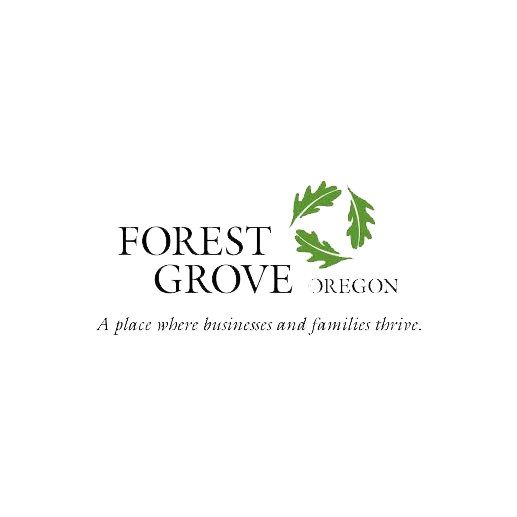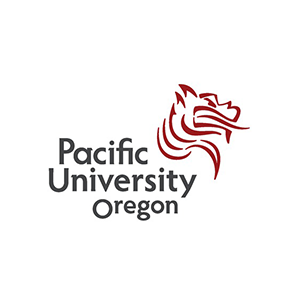Between 2005 and 2025, Tree for All Partners restored more than 150 riparian miles and planted more than 17 million native trees and shrubs. More than 40 case studies were published to document the efforts that made it possible.
Tributary as Teacher—Students as Stewards
As Gales Creek flows across farms and forests, under highways and railroad bridges, it receives many small creeks, including the tributary that flows through Forest Glen Park. Through Tree for All, the park, one of several nature and recreational facilities owned and managed by the City of Forest Grove, has become a place of learning and partnership.
The Site
First planting: 2011
Size: 4 acres
Stream length: 1,312 feet
Total to date: 8,065 plants
Plant communities: Upland Forest
The Challenge
A 2010 restoration ecology class taught by a Pacific University professor served as the impetus for Forest Glen Park to join the Tree for All challenge. The class identified a number of problems associated with the site, including many invasive weeds, steep and eroding banks, and ornamental fruit trees. Although Forest Glen Park retained some remnant native vegetation, it was overrun with an understory of invasive Himalayan blackberry and reed canary grass. The riparian corridor supported little biodiversity. Despite the location of the project site—within a highly visible and visited park—no safe access existed for people to reach the water’s edge, nor anything to showcase its importance for birds and other wildlife. The ecology class was challenged to prepare an executable restoration plan that would likely outlive their engagement.
The Transformation
Pacific University students and faculty began restoring the site with help from Clean Water Services (CWS) and SOLVE, a community-based organization. Over the course of a few years, SOLVE became the primary community partner, inviting Forest Grove residents and school groups to help transform the site. CWS and SOLVE shared the tasks required for managing this work, with SOLVE coordinating volunteer education, outreach, and planting activities and CWS involved in site prep, maintenance, and some planting. Eventually, these planting and restoration efforts will connect upland and riparian habitats, improve water quality and create a more attractive place for people to enjoy nature.
This project demonstrates how college students, community volunteers and government agencies can partner together in a mutually beneficial way. The project provided Pacific University students with a hands-on, real-world experience that forced them to consider all of the environmental and social challenges inherent in a developed site. SOLVE was also able to provide Forest Grove residents and others with an enjoyable and satisfying volunteer experience. This site is helping make the Tualatin River a healthier place for all.
Click to explore the change in mature native plant coverage between 2007 (purple) and 2014 (orange).






































